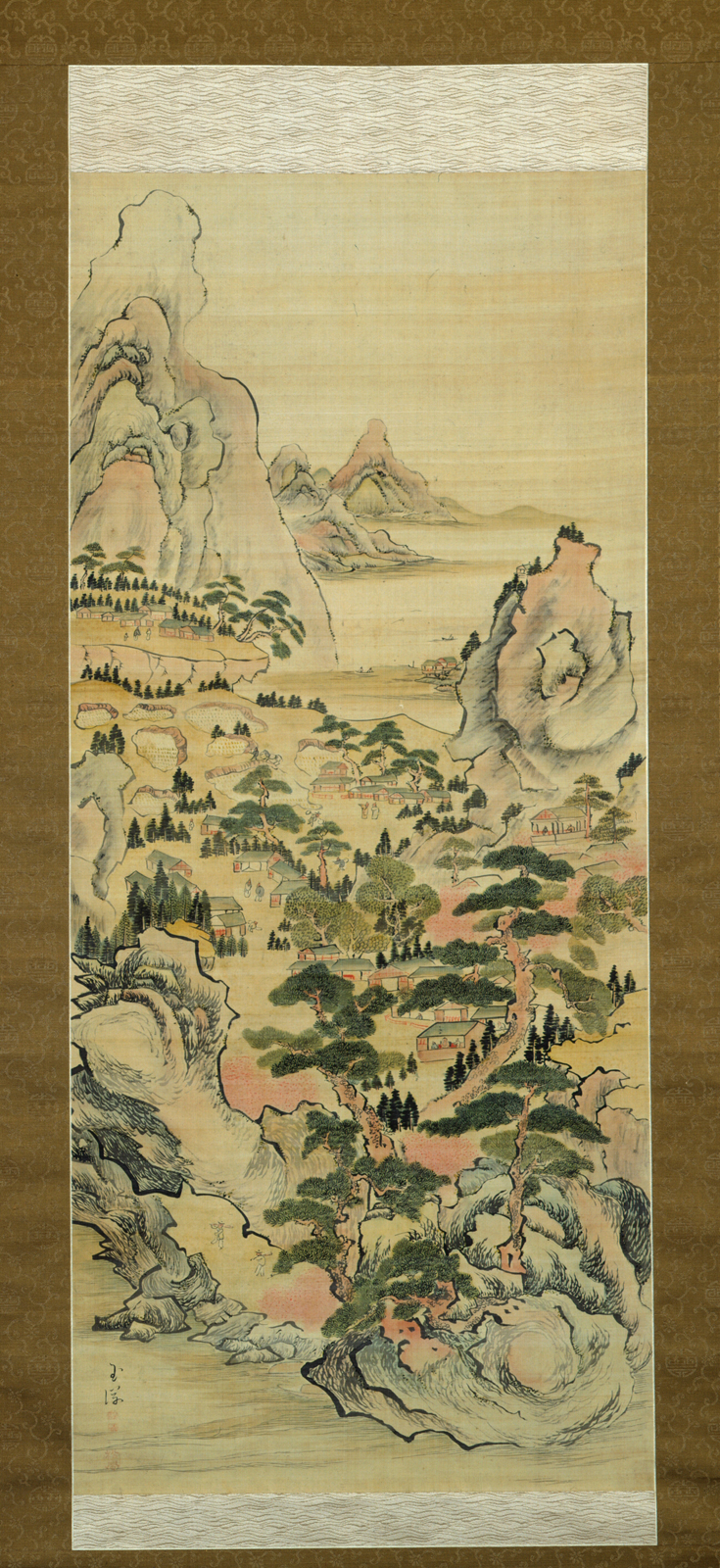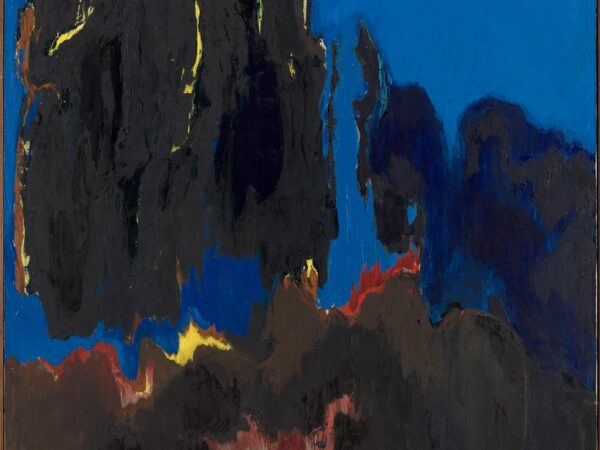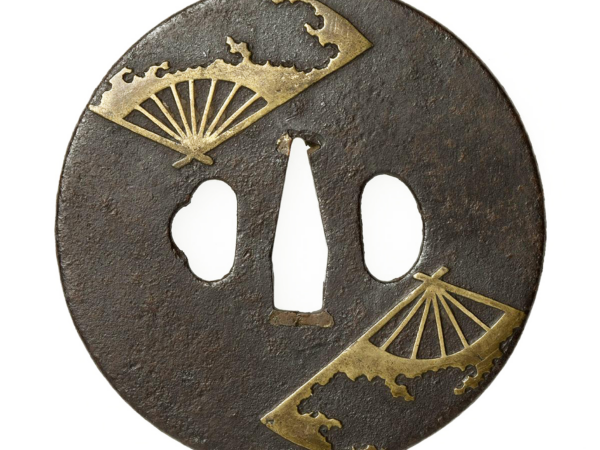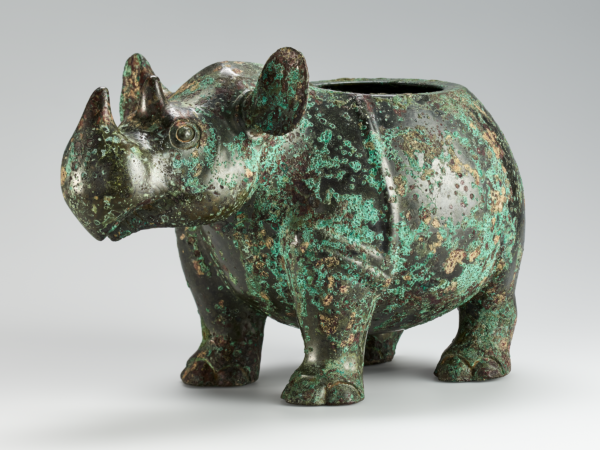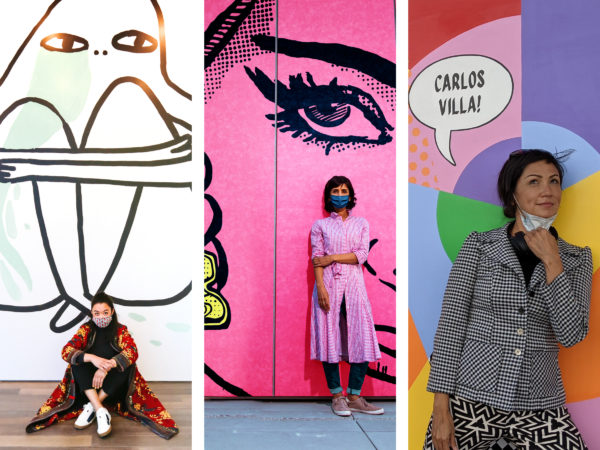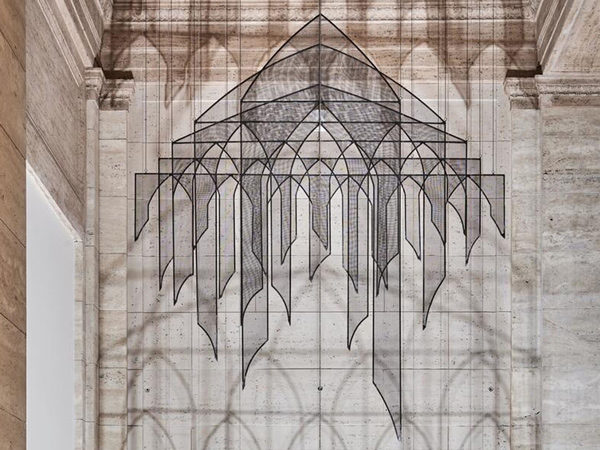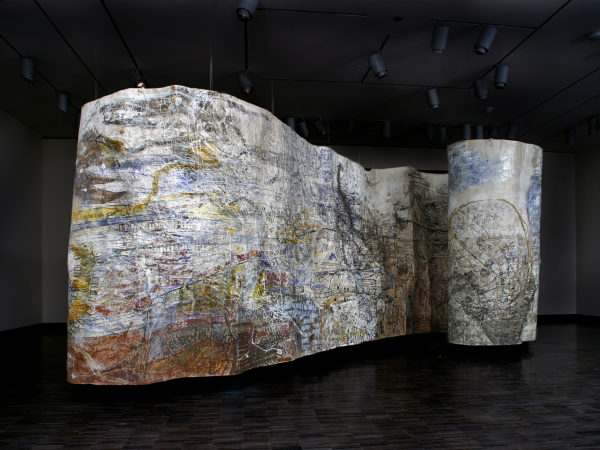Activity
Artists and Patrons of the Edo Period (1615–1868) in Japan

The Edo period (1615–1868) in Japan saw the emergence of a new group of sophisticated art lovers, the townspeople, called chonin (“people of the blocks”). This group included merchants and artisans, many of whom prospered in the booming economy that led to an increased demand for luxury goods. Artists catered to chonin tastes, as well as continuing to produce for the traditional art patrons in the elite classes of the nobility and samurai.
Prior to the Edo period, many painters and sculptors remained anonymous, occupying relatively equal status to carpenters and other artisans. The position of the artist during the Edo period changed, as artists became more successful financially, and better educated. Some of them began to be seen as celebrities, arbiters of taste with eccentric personalities. Although many still worked for low wages in obscurity, the Edo period marks the emergence of the artist as individual, as the genius creator in Japan.
In addition, prior to the Edo period, beautiful objects were created for wealthy, privileged patrons, who represented only a small fraction of the Japanese population. During the Edo period, there were several developments that enabled a larger section of the population to focus on the finer things in life:
- Peace. Prior to the Edo period, Japan was primarily an agrarian economy. Most people survived by farming the land. They often produced their own clothing, baskets, and tools, and traded for goods, such as ceramics or metal objects, in a local market. There was no centralized government. Instead, several different regions were ruled by powerful local families that were in virtually constant battle with each other. This caused instability and hardship to all, and it was a struggle to simply keep food on the table. With the unification of the various regions under the powerful Shogun, Tokugawa Ieyasu, peace came to the land and allowed everyone to settle into a more stable routine, which led to a healthier economy. Production became more specialized, new roads and canals facilitated the transport of goods, and farming techniques and land usage were made more efficient.
- Education and Increased Literacy. With a more stable environment and increased prosperity, parents of all classes began to focus on educating their children. Although still very low compared to today’s standard, more children received some form of formal education than before. Some estimates say that by the end of the Edo period about forty percent of boys and ten percent of girls had received some formal education. Samurai could not depend upon sheer military skill anymore to further themselves. The first set of laws for warrior houses issued in 1615 declared that samurai should be equally skilled in literary arts (bun) as they were in the military arts (bu). Peace also meant that samurai had to redefine their role in society. Some of the lower ranking samurai, who found themselves impoverished or without a position, became teachers to support themselves. For more on Edo period ideas about education, see the Handout: Readings on Education for Edo Period Boys and Girls.
- Woodblock Printing. Woodblock printing technology already existed in Japan, but now this technology boomed as a result of refinements in production and increased demand. As more people were able to read, and enjoyed more leisure time, woodblock printed books featuring popular stories, famous places, and pictures of celebrities, such as Kabuki actors and courtesans, sold by the thousands. These books enabled the rapid spread of fashion trends and information. Although now collected by museums as valuable art, most Edo period woodblock books and single sheet prints were affordable to the common person with a modest income.
Edo was perhaps the most prolific period in Japanese art history, not only in volume of works produced but in its diversity of styles. There were more artists and more patrons driving this flourish of art production than ever before. Ukiyo-e (“pictures of the floating world” or Japanese woodblock prints) are just one important development in the period. Some artistic schools continued from previous eras, such as the Kano and Tosa, while others sprouted anew, such as Rinpa and Nanga. A few women painters affiliated primarily with the Nanga school achieved renown. The proliferation of styles and models of patronage make the Edo period a rich, yet complex area of study.

